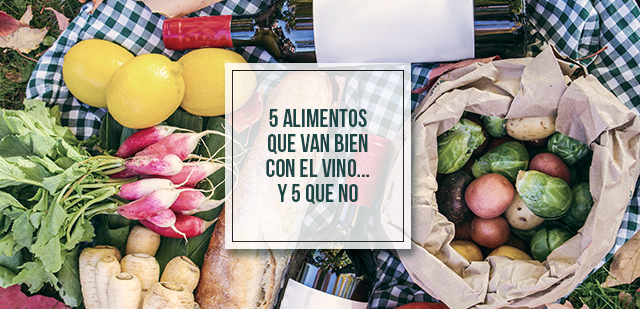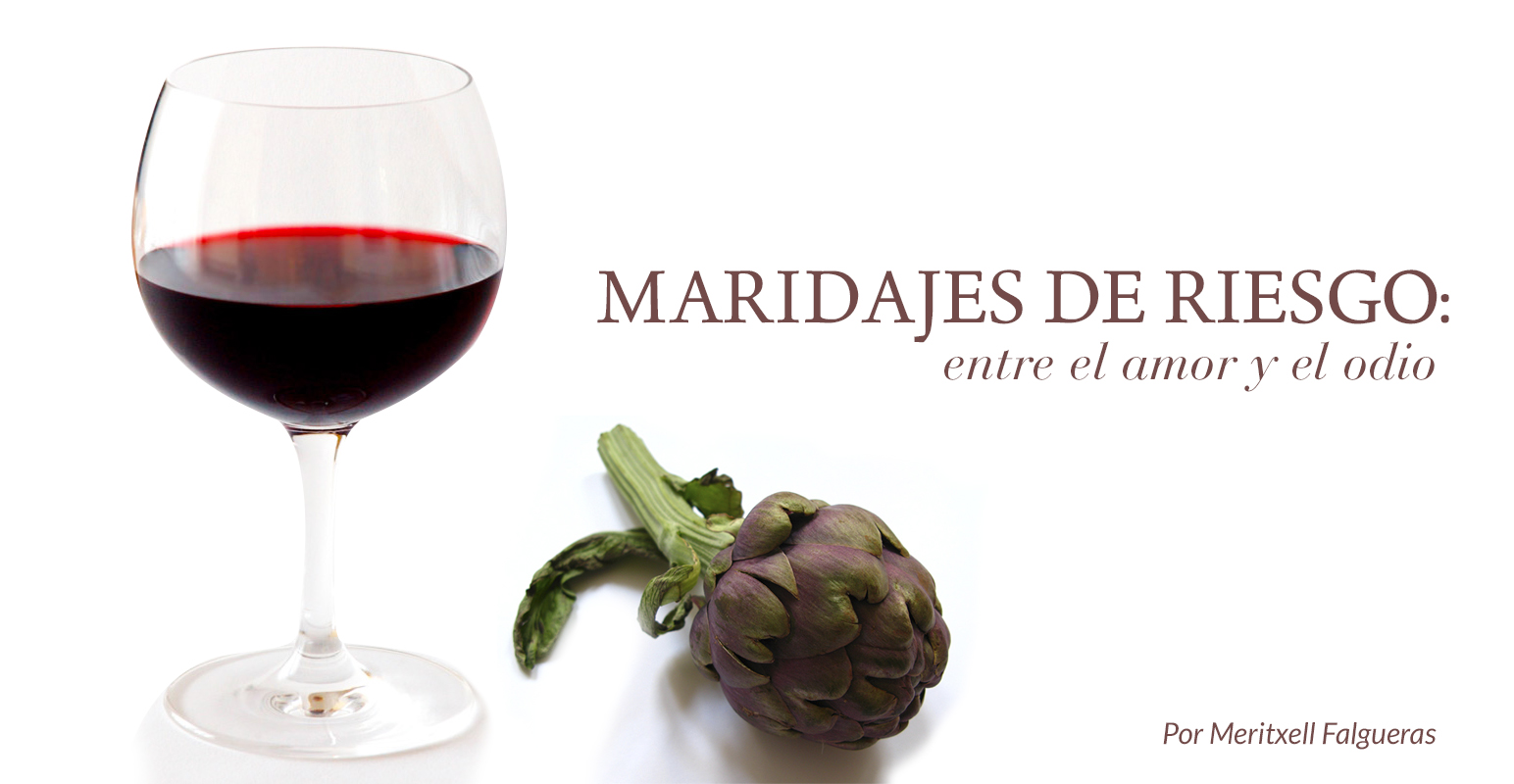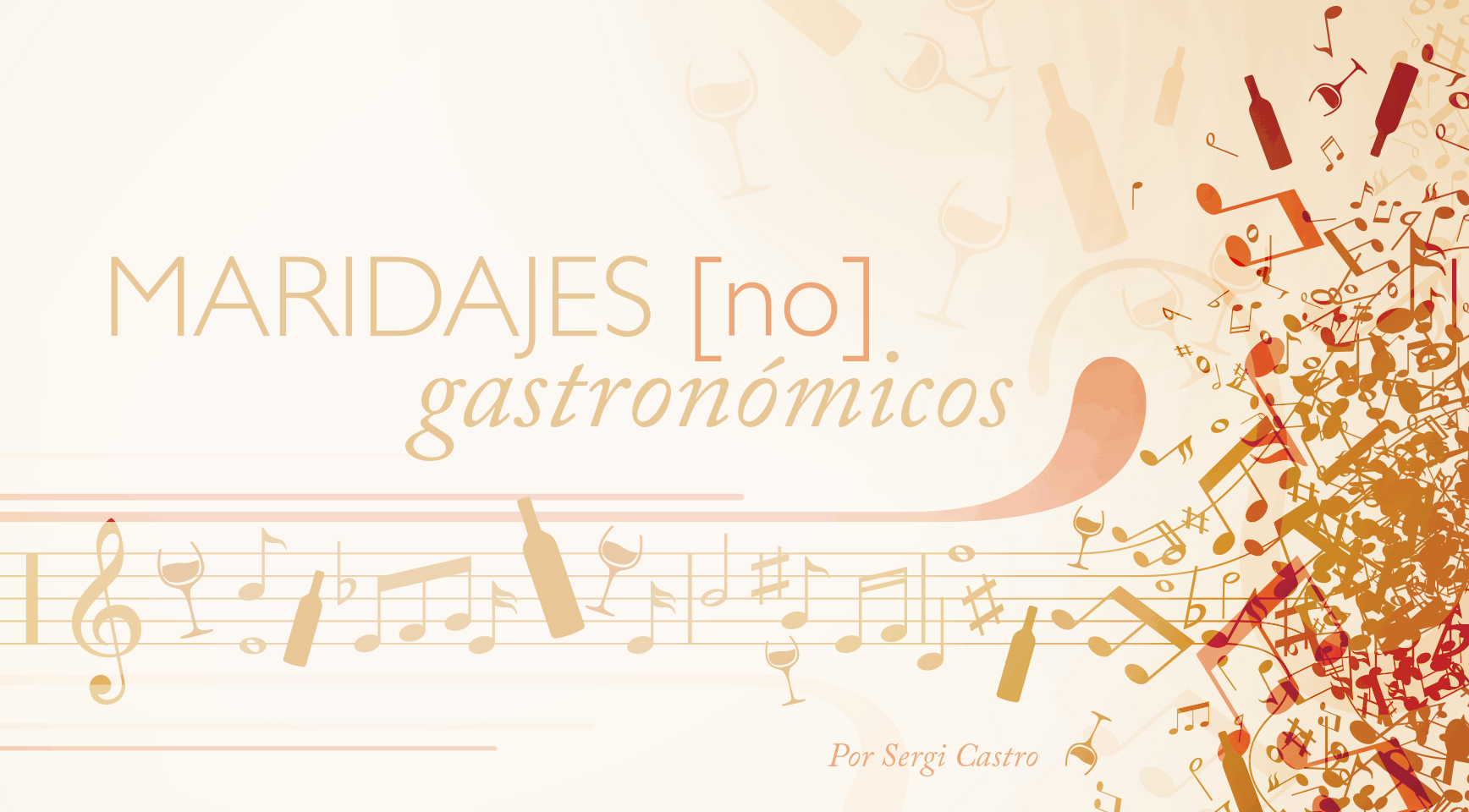5 WONDERFULLY WINE-FRIENDLY FOODS & 5 THAT ARE LESS SO

An entire book could be written on the rules of pairing wine and food: astringent wines go beautifully with fatty foods; certain dishes have tart or citrus notes that demand crisp reds or whites for emphasis; as for spicy food, the best bet is to go with something sweet...
Put simply, some dishes go so well with wine, they almost pair themselves. Others are more challenging and require the sommelier to apply skill, knowledge and intuition. The first are the easygoing pals of wine pairing, whereas the second, the enfant terribles, are complicated characters that are tricky to match up.
Easy pairings include...
Cheese. A match made in heaven! It sounds clichéd, but they really do get along beautifully. For example, buttery or creamy cheeses paired with slightly astringent reds are simply divine. Soft cheeses work well with a young red or a nicely structured white, whereas strong cheeses like Cabrales or Gruyère are lovely with a sparkling wine, which cleans the palate between bites.
Red meat. It's hard to imagine a good steak or meat stew without a glass of red. The former can handle a red with a bit of barrel aging, where the oaky notes play off the meat, especially when served medium-rare. When it comes to the latter, you'll rarely go wrong with a complex potent red: the complexity of these wines are a winning combination with hearty stews.
Seafood. Whether its cockles, clams or prawns, a young crisp white is always the perfect choice to make sure we don't cloud the fresh seafood flavor. Another great option is cava, which combines wonderfully thanks to its dry palate and acidity.
Legume stews. A cocido with meat, bacon and chickpeas? A fabada with beans and pork? Legume-based stews really call for a glass of wine, but what would be a good fit? These tend to be hearty fare, often featuring sausage—chorizo, for example—or bacon. Potent, well-structured red wines (crianza or reserva) are usually the best choice, because their highly concentrated tannins go well with the heavy, unctuous consistency of the stew.
Fowl. Here we are actually dealing with several different categories. First, we have poultry-based charcuterie, which works well with young, fresh whites. Chicken or turkey casseroles combine nicely with a rosé or a slightly fruity white unless they involve a sauce of some kind, in which case we can opt for a young red. When it comes to wild fowl (partridge, wood pigeon, etc.), we can even venture into crianza or reserva reds, depending on the flavor intensity of the recipe. The range of possibilities is great, depending on how the dish is prepared.
And now for the complicated pairings...
Artichokes. A classic among impossible pairings. The problem has a name: cynarin, a compound found in artichokes that gives almost any wine an unpleasant metallic taste. The solution lies in adding other ingredients to the dish—ham, for example—which conceal the cynarin and allow for the introduction of fresh reds with lively acidity.
Asparagus. Although nowhere near as complicated as artichokes, asparagus also make for a tricky match. A fresh wine, either white or rosé, is the best option. If the asparagus are served with a creamy sauce or scrambled with meat or fish, even better.
Vinaigrettes. Earlier we mentioned asparagus, which can also be served with a vinaigrette. This takes the challenge to the next level: vinegar is the mortal enemy of wine. Its acidity brings out metallic flavors and greatly complicates the pairing of a simple salad. The best solution? White wines with a bit of barrel aging that can stand up to a potent dressing.
Smoked fish. In some extreme cases, such as herring, we might have to forego wine. Generally speaking, the world of smoked fish poses a challenge that isn't easily met. Opting for a cava or a white with mineral notes might make for a good choice.
Chocolate. An idea that initially seems appealing (chocolate and wine, yummy) actually gets somewhat complicated in practice. We can opt for a dessert wine with milk or white chocolate to create a pairing based on similarity. A port can also work nicely when paired with a slightly bitter chocolate, which would give us a pairing of contrasts.
Gastronomistas



